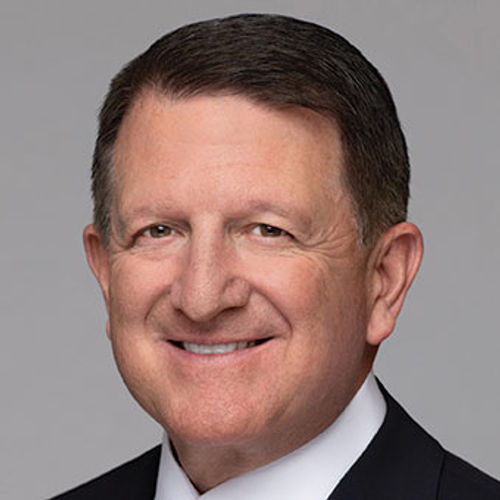A little more than 18 months after Maui's devastating 2023 wildfires, Hawaii is hoping a multimillion-dollar injection of marketing funds will help jump-start the island's struggling tourism economy.
Hawaii Gov. Josh Green said the state has committed $6.3 million to help boost tourism recovery efforts, specifically addressing economic impacts from the Maui wildfires and anticipated effects from the Los Angeles County wildfires.
Based on recent data, the assistance is needed.
Maui had the largest decrease in hotel revenue per available room (RevPAR) among all U.S. markets last year with a steep 13.2% decline, driven by nearly equal drops in both hotel occupancy and average daily rate (ADR), according to recent data from CoStar.
Fort Myers was a distant second in ADR decline at 8.4%, according to Michael Stathokostopoulos, senior director of hospitality analytics at CoStar Group. (Fort Myers was affected by hurricanes Helene and Milton 2024.)

Michael Stathokostopoulos
"It is clear that both visitation statistics and room accommodations demand are lagging pre-wildfire levels," Stathokostopoulos said of Maui, citing the fact that in 2022, demand for hotel rooms in Maui had recovered to 87% of 2019 levels. In 2024, however, CoStar data shows that demand had receded to 77% of 2019 levels.
This backward slide is also reflected in data from the Hawaii Tourism Authority, which shows Maui welcomed approximately 2.35 million visitors in 2024, down 6% from 2.49 million in 2023 and a substantial 23.4% below the 3.1 million visitors recorded in 2019.
The state's Department of Business, Economic Development and Tourism (DBEDT), the agency that received the marketing funds, is hoping to prevent the recent wildfires in L.A. from compounding the situation: Los Angeles is Hawaii's largest source market, accounting for 9.1% of all visitor arrivals in 2024 and 30.2% of all visitors from California.
As a result, DBEDT director James Kunane Tokioka called the current tourism situation in Maui "a big concern."

James Kunane Tokioka
"The numbers have not come back to Maui yet," said Tokioka, adding that West Maui hotels in particular have been significantly impacted, with "occupancy way down compared to years past."
Stathokostopoulos offered a nuanced outlook.
"The forecast for Maui over the next three years calls for RevPAR growth of over 5% each year, driven by rate growth," he said, saying that the island's "high concentration of upper-tier properties" will be the reason the market is able to push rate.
"However, we project that the market will continue to lose occupancy, as demand for hotel rooms is not expected to grow over the short/medium term," Stathokostopoulos said, adding these projections may need adjustment after early 2025 data is analyzed and impact from the L.A. wildfires is taken into consideration.
Outrigger CEO sees 'green shoots' in Maui
Despite the challenges, some industry leaders see promising signs.

Jeff Wagoner
Jeff Wagoner, CEO of Outrigger Hospitality Group, has observed some encouraging trends in Maui's hospitality performance during the first months of 2025. Outrigger's Hawaii portfolio includes two West Maui resorts: the 432-room Outrigger Kaanapali Beach Resort and the roughly 600-room Outrigger Honua Kai Resort & Spa.
"Maui is starting to recover," said Wagoner. He added that a full rebound will "take time."
"That said, we're really starting to see some green shoots in Maui," he added. "Occupancy is starting to come back, which is fantastic for all the people of Maui, for the residents of Maui and for retention of jobs."
Wagoner also expressed optimism about the new marketing funds, adding that while the money will benefit the entire state, "a lot of that $6.3 million will be targeted to the return of travel to Maui."
Though specific marketing plans remain under development, Tokioka said positive ripple effects are expected throughout the state, as visitors often incorporate multiple islands into their Hawaii itineraries.
"When you market the state of Hawaii, even if it's [focused on] Maui, most people, when they travel, go to two different islands," Tokioka explained. "If they're coming from Maui, they may stop on the Big Island, or they may stop on Oahu before or after they leave Maui."
Tokioka added that the state's latest wave of marketing investment will likely be directed toward channels with demonstrated effectiveness.
"We know that we need to get more heads in the beds," said Tokioka. "We'll be putting this additional money toward our top customer-driving organizations, like Costco and Expedia, our West Coast markets and travel agents, [who have] always been successful moving the needle for Hawaii."